Turmeric plants
Exotic PlantsNear Cherrybrook metro station, Castle hill, New South Wales, Australia
Please note: Tubers, bulbs and rhizomes cannot be shipped interstate.
$45.95
4 Turmeric plants, express post to you.
Turmeric is a perennial plant within the ginger family with long strappy, tropical leaves growing to 1 meter. The attractive, creamy white flowers extend upwards on floral spikes, up to 20cm long. Turmeric is traditionally grown for the rhizomes, which produce the powdered turmeric spice. The chunky, knot-like rhizomes are orange inside, with smaller side shoots called ‘fingers’.
The native habitat of the turmeric plant is India and Pakistan. In India, turmeric has great significance and is still used in wedding and religious ceremonies. In the Bengali region, friends and relatives smear a turmeric paste on to the bride and groom. In medieval Europe, turmeric was given the name Indian Saffron because it was used as an alternative to the more expensive saffron.
Turmeric has a mild, spicy aroma and is known to many people only as a culinary spice. However, turmeric has also been used for over 4000 years to treat and extensive list of ailments and illnesses.
Growing Conditions
Turmeric is a sub-tropical plant that needs temperatures of at least 20-30C to survive. The plant will grow well in both tropical and temperate regions of Australia, but will die down in the temperate areas over winter and return the following year.
It is important to keep tumeric plants well watered. A well-drained soil is required to prevent water logging, with loamy, fertile soils being preferred. Enriching your garden soil will be of benefit. A light shade is preferred, which replicates forest conditions, but too much shade will reduce the rhizome yield. For home gardeners, this should not be an issue.
Home gardeners can propagate turmeric by dividing clumps and replanting rhizomes as needed. This can be done in spring or all year round in the tropical areas. To replant, dig down 10-15 cm and make small mounds or ridges in the soil and place the rhizomes on the ridge top about 40 cm apart. To harvest the rhizomes, wait 10 months and then dig up the whole plant. Dig at the edge of a larger clump if you don’t wish to divide the plant. However, it is best to divide the larger clump every 3 years to keep it healthy and less crowded underground. If you want your turmeric to flower, you will need to leave it in the ground for 12 months, or keep a clump just for flowering purposes.
Culinary Uses
Turmeric is used widely in cooking as much for the colouring as the flavour, particularly found in the yellows of Indian curry. You can use the fresh roots by grating the turmeric into dishes. However, most cooking is done using the powdered form. Turmeric has an earthy, mustard like smell with a sharp, bitter taste.
Middle Eastern dishes often begin with oil, onions and turmeric before adding any other ingredients. In Indonesia, the young shoots and rhizome tips are eaten raw and the leaves are wrapped around fish, imparting a distinct flavour. Vietnamese stir fries and soup dishes often contain turmeric as both a colouring agent and flavour enhancer. It is also possible to pickle turmeric in chunks, usually with other pickle ingredients.
Turmeric is used to color a wide range of foods, including popcorn, ice-cream, cakes, orange juice, cereals, yoghurt, cheese, butter and many more. Turmeric was originally used as a dye for cloth, but was then used for food and medicinal purposes. Its use as a cloth dye was not very successful, but it can be used to dye non-glossy paper.

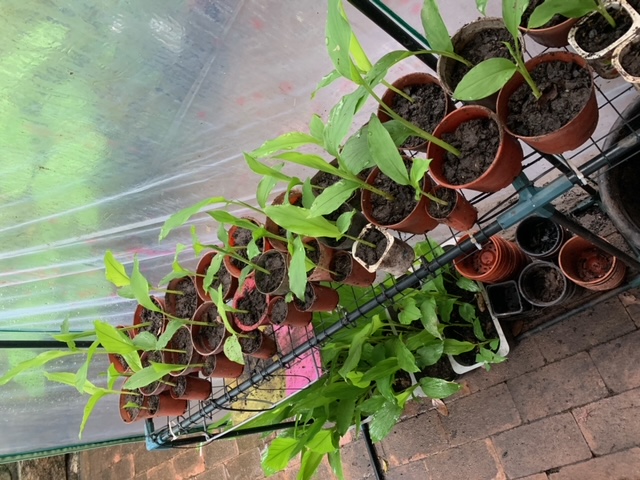
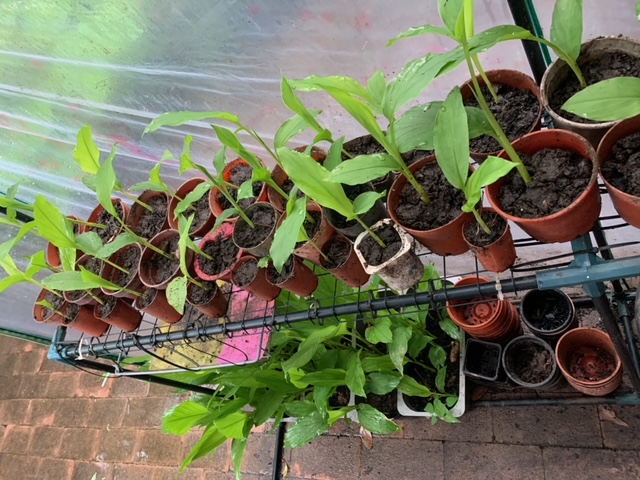
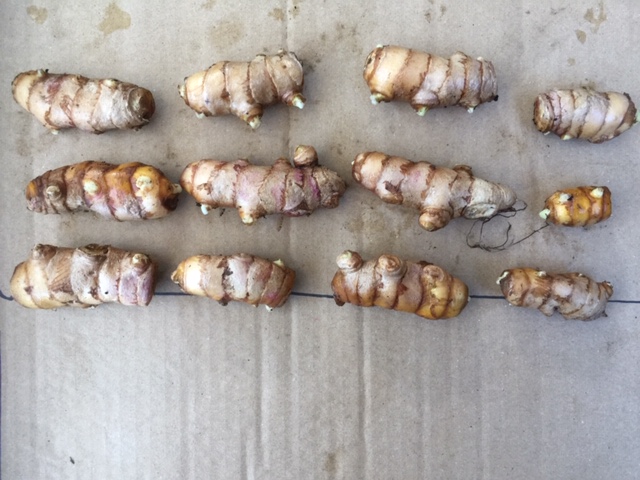

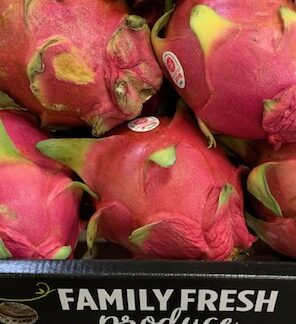
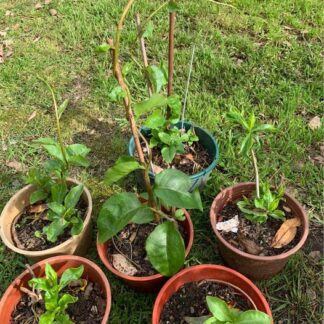
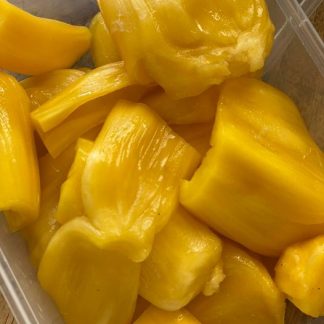
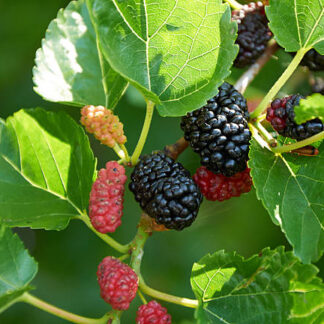
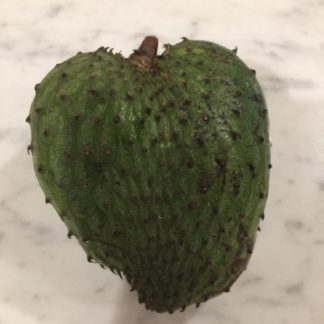
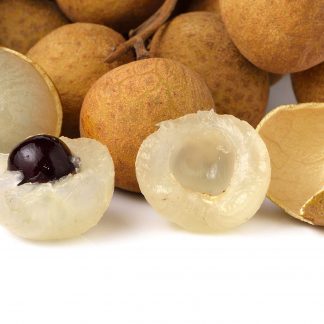
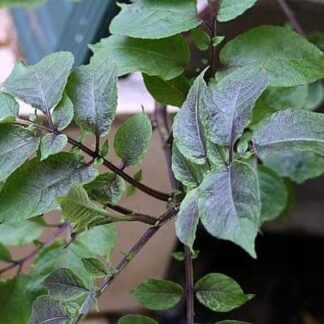
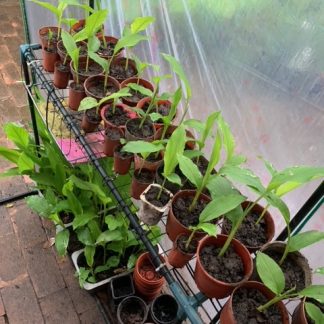
Got something to discuss?